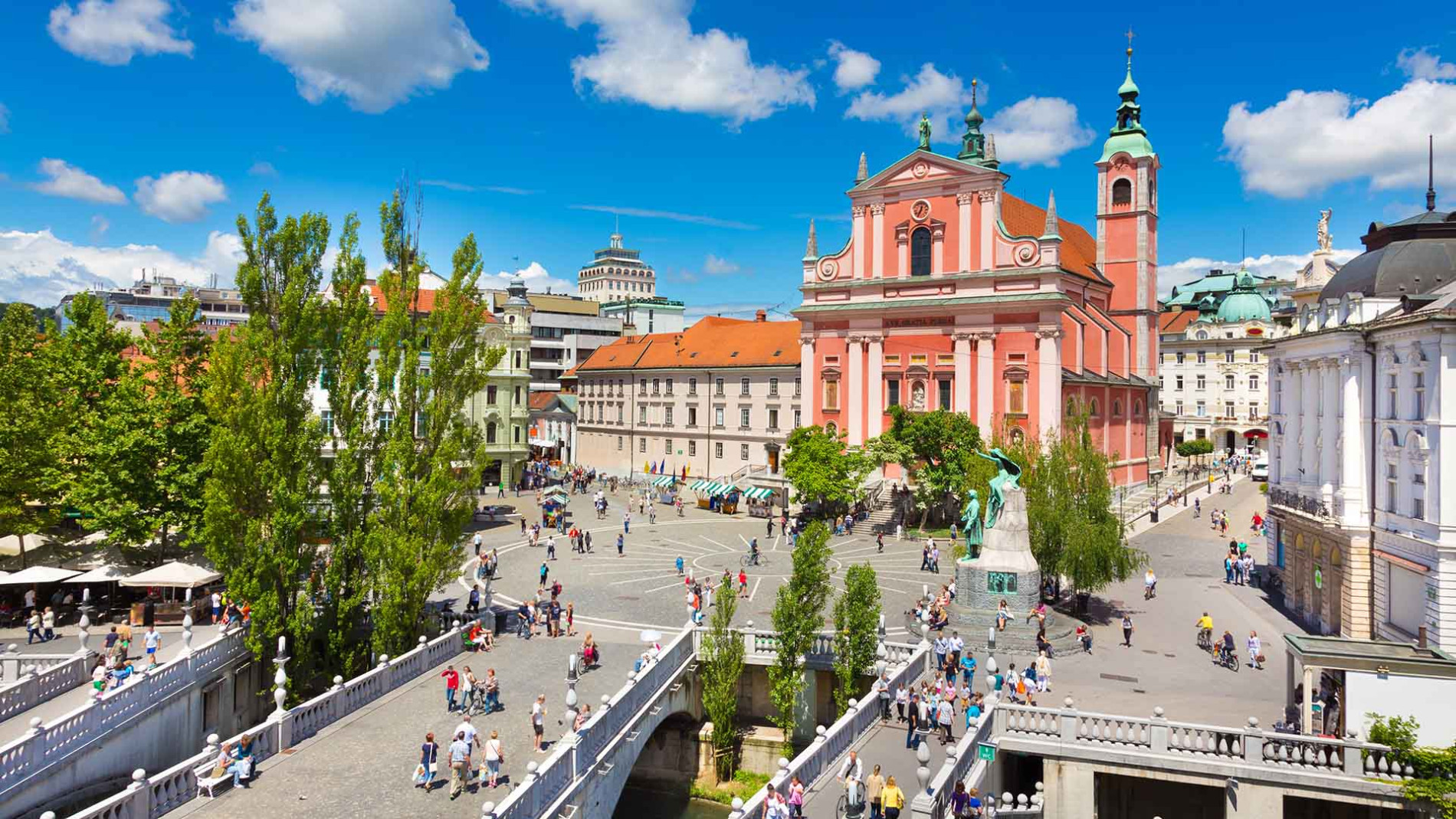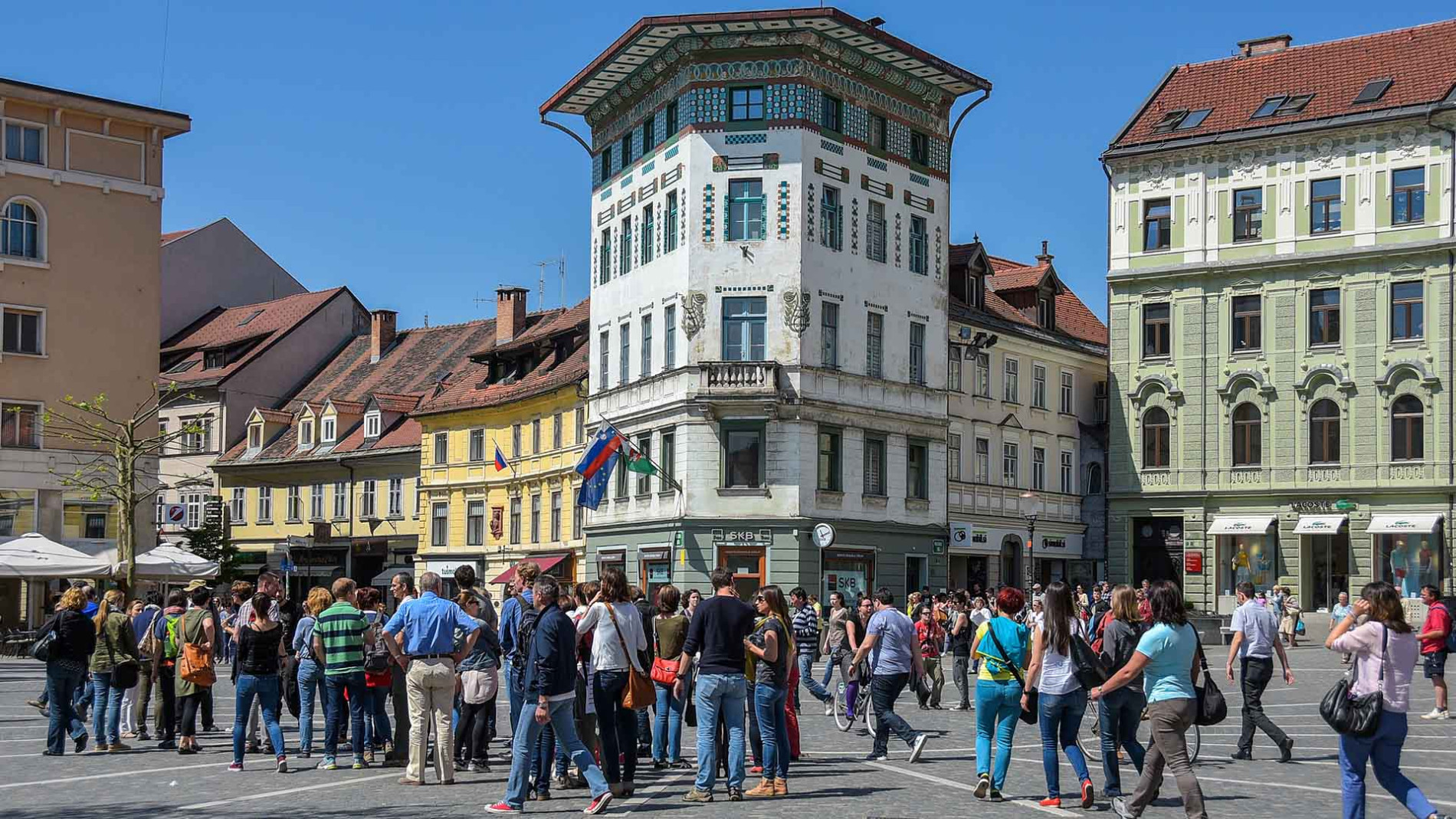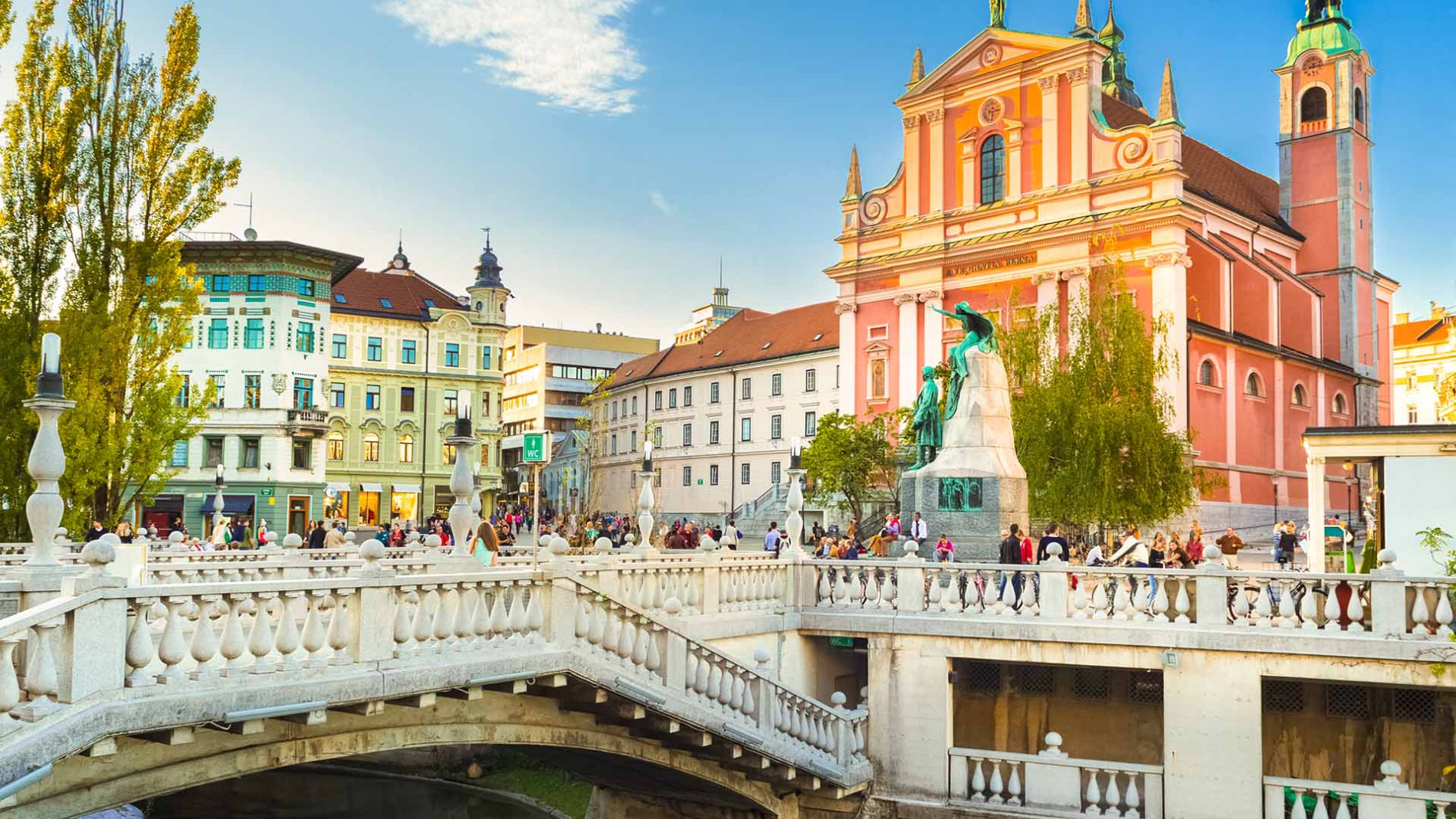Prešernov trg square

© Dunja Wedam

© Matej Kastelic/ Mostphotos

© Dunja Wedam

© Ivan Thykyi

© Matej Kastelic/ Mostphotos




